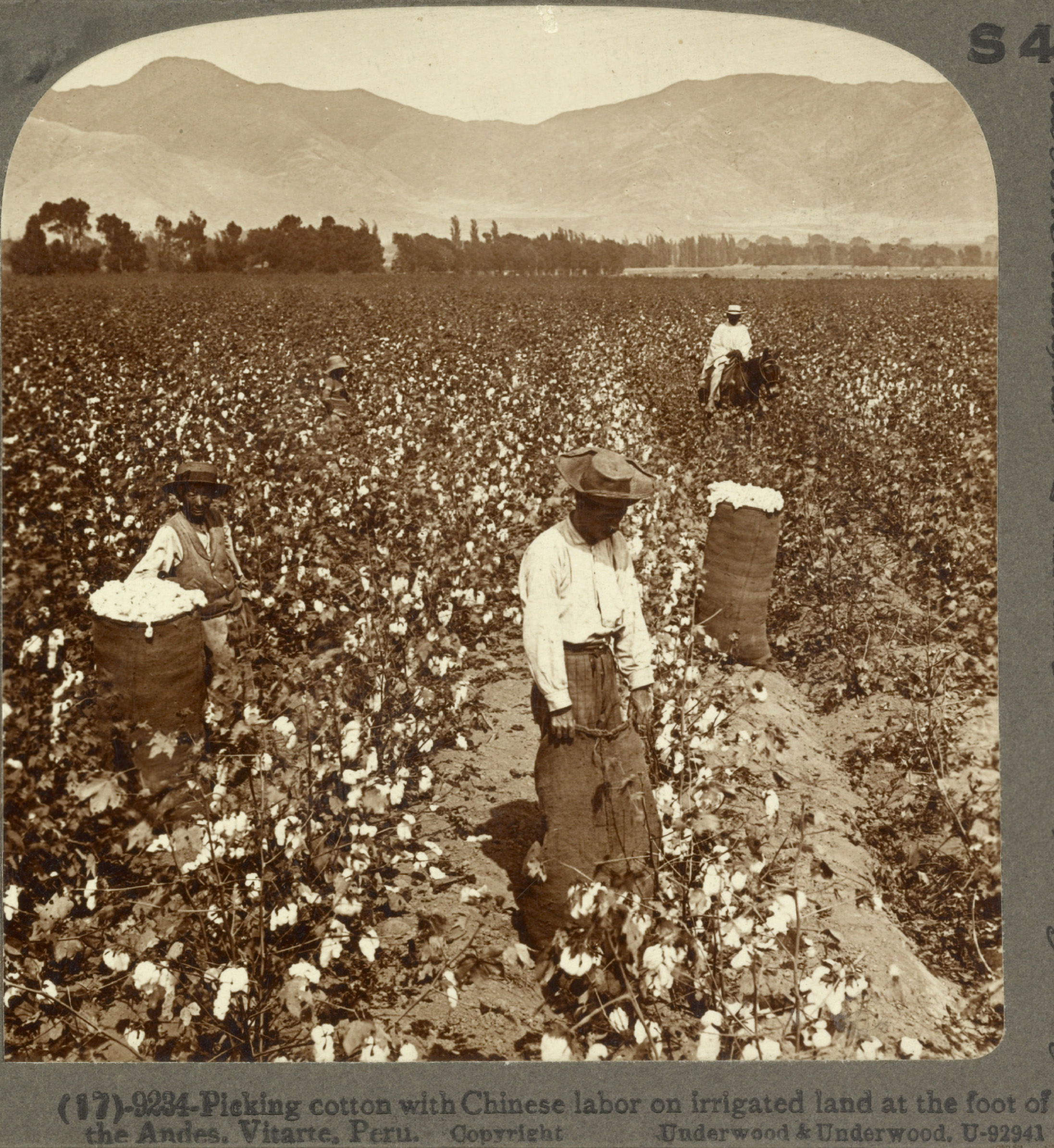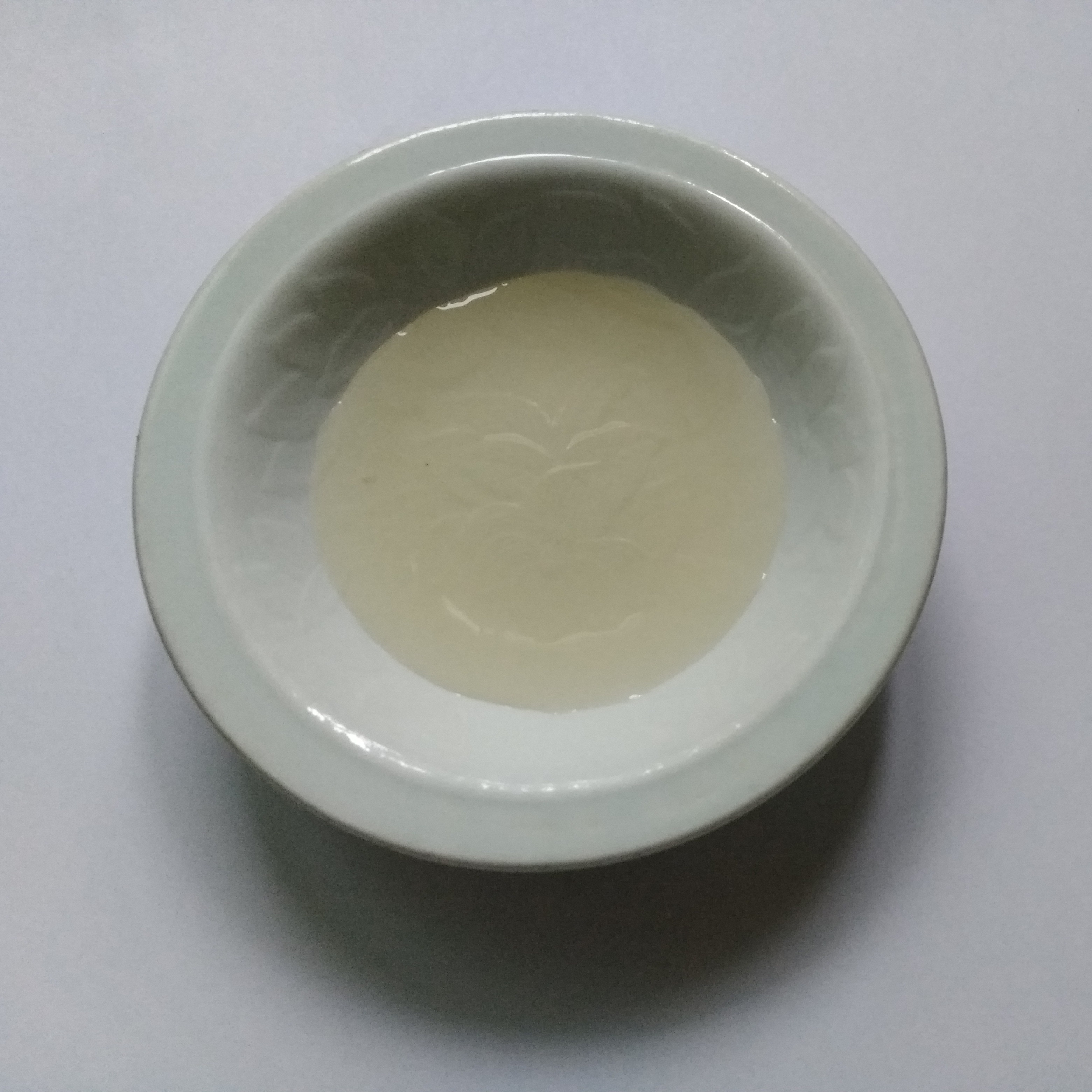|
Chinese Latin American Cuisine
Chinese Latin American or Chino-Latino cuisine ( es, Cocina China Latinoamericana), associated with Asian Latin Americans of Chinese origin, combines elements of Chinese cuisine with other Latin American influences. It is found in Chinese communities and Chinatowns across Latin America, including Peru (where it is known as chifa) and Cuba. It has spread to the United States with the migration of Asian Latin Americans, particularly the migration of Chinese Cubans to New York City. Cuba Chinese Cuban cuisine stems from the earliest migration of Chinese migrants to Cuba in the mid-1800s. Due to a labor shortage, close to 125,000 indentured or contract Chinese laborers arrived in Cuba between 1847 and 1874. The laborers or coolies were almost exclusively male, and most worked on sugar plantations alongside enslaved Africans. Tens of thousands of Chinese who survived indenture and remained on the island during the 1870s and 1880s now had more physical, occupational, and even soc ... [...More Info...] [...Related Items...] OR: [Wikipedia] [Google] [Baidu] |
Asian Latin Americans
Asian Latin Americans or Latinasians are Latin Americans of Asian descent. Asian immigrants to Latin America have largely been from East Asia or West Asia. Historically, Asians in Latin America have a centuries-long history in the region, starting with Filipinos in the 16th century. The peak of Asian immigration occurred in the 19th and 20th centuries. There are currently more than four million Asian Latin Americans, nearly 1% of Latin America's population. Chinese, Japanese and the Lebanese are the largest Asian ancestries; other major ethnic groups include Syrians, Indians, Koreans and Filipinos. Brazil is home to the largest population of East Asian descent, estimated at 2.08 million. The country is also home is a large percentage of West Asian descendants. With as much as 5% of their population having some degree of Chinese ancestry, Peru has the highest ratio of any country for East Asian descent. Though the most recent official census, which relied on self-identification ... [...More Info...] [...Related Items...] OR: [Wikipedia] [Google] [Baidu] |
Amaranth
''Amaranthus'' is a cosmopolitan genus of annual or short-lived perennial plants collectively known as amaranths. Some amaranth species are cultivated as leaf vegetables, pseudocereals, and ornamental plants. Catkin-like cymes of densely packed flowers grow in summer or autumn. Amaranth varies in flower, leaf, and stem color with a range of striking pigments from the spectrum of maroon to crimson and can grow longitudinally from tall with a cylindrical, succulent, fibrous stem that is hollow with grooves and bracteoles when mature. There are approximately 75 species in the genus, 10 of which are dioecious and native to North America with the remaining 65 monoecious species endemic to every continent (except Antarctica) from tropical lowlands to the Himalayas. Members of this genus share many characteristics and uses with members of the closely related genus ''Celosia''. Amaranth grain is collected from the genus. The leaves of some species are also eaten. Description Amar ... [...More Info...] [...Related Items...] OR: [Wikipedia] [Google] [Baidu] |
Bell Pepper
The bell pepper (also known as paprika, sweet pepper, pepper, or capsicum ) is the fruit of plants in the Grossum Group of the species ''Capsicum annuum''. Cultivars of the plant produce fruits in different colors, including red, yellow, orange, green, white, chocolate, candy cane striped, and purple. Bell peppers are sometimes grouped with less pungent chili varieties as "sweet peppers". While they are fruits—botanically classified as berries—they are commonly used as a vegetable ingredient or side dish. Other varieties of the genus ''Capsicum'' are categorized as ''chili peppers'' when they are cultivated for their pungency, including some varieties of ''Capsicum annuum''. Peppers are native to Mexico, Central America, and northern South America. Pepper seeds were imported to Spain in 1493 and then spread through Europe and Asia. The mild bell pepper cultivar was developed in the 1920s, in Szeged, Hungary. Preferred growing conditions for bell peppers include warm, mois ... [...More Info...] [...Related Items...] OR: [Wikipedia] [Google] [Baidu] |
Onion
An onion (''Allium cepa'' L., from Latin ''cepa'' meaning "onion"), also known as the bulb onion or common onion, is a vegetable that is the most widely cultivated species of the genus ''Allium''. The shallot is a botanical variety of the onion which was classified as a separate species until 2010. Its close relatives include garlic, scallion, leek, and chive. This genus also contains several other species variously referred to as onions and cultivated for food, such as the Japanese bunching onion (''Allium fistulosum''), the tree onion (''A.'' × ''proliferum''), and the Canada onion (''Allium canadense''). The name ''wild onion'' is applied to a number of ''Allium'' species, but ''A. cepa'' is exclusively known from cultivation. Its ancestral wild original form is not known, although escapes from cultivation have become established in some regions. The onion is most frequently a biennial or a perennial plant, but is usually treated as an annual and harvested in its f ... [...More Info...] [...Related Items...] OR: [Wikipedia] [Google] [Baidu] |
Cilantro
Coriander (;coriander in the Cambridge English Pronouncing Dictionary ''Coriandrum sativum'') is an in the family . It is also known as Chinese parsley, dhania, or cilantro (). [...More Info...] [...Related Items...] OR: [Wikipedia] [Google] [Baidu] |
Bay Leaf
The bay leaf is an aromatic leaf commonly used in cooking. It can be used whole, either dried or fresh, in which case it is removed from the dish before consumption, or less commonly used in ground form. It may come from several species of tree, the bay laurel and the California bay tree being the most common. The flavor that a bay leaf imparts to a dish has not been universally agreed upon, but most agree it is a subtle addition. Sources Bay leaves come from several plants, such as: *Bay laurel (''Laurus nobilis'', Lauraceae). Fresh or dried bay leaves are used in cooking for their distinctive flavour and fragrance. The leaves should be removed from the cooked food before eating (see safety section below). The leaves are often used to flavour soups, stews, braises and pâtés in many countries. The fresh leaves are very mild and do not develop their full flavour until several weeks after picking and drying. *California bay leaf. The leaf of the California bay tree (''Umbel ... [...More Info...] [...Related Items...] OR: [Wikipedia] [Google] [Baidu] |
Oregano
Oregano (, ; ''Origanum vulgare'') is a species of flowering plant in the mint family Lamiaceae. It was native to the Mediterranean region, but widely naturalised elsewhere in the temperate Northern Hemisphere. Oregano is a woody perennial plant, growing tall, with opposite leaves long. The flowers are purple, long, produced in erect spikes in summer. It is sometimes called wild marjoram, and its close relative, '' O. majorana'', is known as sweet marjoram. Both are widely used as culinary herbs, especially in Turkish, Greek, Spanish, Italian, Mexican, and French cuisine. Oregano is also an ornamental plant, with numerous cultivars bred for varying leaf colour, flower colour and habit. Etymology Used since the middle 18th century, the Spanish word ''orégano'' is derived from the Latin ''orīganum'' and ultimately from the Classical Greek (''orī́ganon''). This is a compound Greek term that consists of (''óros'') meaning "mountain", and (''gános'') meaning "brightness ... [...More Info...] [...Related Items...] OR: [Wikipedia] [Google] [Baidu] |
Cumin
Cumin ( or , or Article title ) (''Cuminum cyminum'') is a in the , native to the . Its seeds – each one contained within a fruit, which is dried – are used in the |
Garlic
Garlic (''Allium sativum'') is a species of bulbous flowering plant in the genus ''Allium''. Its close relatives include the onion, shallot, leek, chive, Allium fistulosum, Welsh onion and Allium chinense, Chinese onion. It is native to South Asia, Central Asia and northeastern Iran and has long been used as a seasoning worldwide, with a history of several thousand years of human consumption and use. It was known to ancient Egyptians and has been used as both a food flavoring and a traditional medicine. China produces 76% of the world's supply of garlic. Etymology The word ''garlic'' derives from Old English, ''garlēac'', meaning ''gar'' (spear) and leek, as a 'spear-shaped leek'. Description ''Allium sativum'' is a perennial flowering plant growing from a bulb. It has a tall, erect flowering stem that grows up to . The leaf blade is flat, linear, solid, and approximately wide, with an acute apex. The plant may produce pink to purple flowers from July to September in the Nort ... [...More Info...] [...Related Items...] OR: [Wikipedia] [Google] [Baidu] |
Oyster Sauce
Oyster sauce describes a number of sauces made by cooking oysters. The most common in modern use is a viscous dark brown condiment made from oyster extracts,The Times, 22 January 1981; ''Cook Accidentally on purpose'' sugar, salt and water thickened with corn starch. Some versions may be darkened with caramel, though high-quality oyster sauce is naturally dark.BigOven Food DictionaryOyster sauce' It is commonly used in Chinese, Thai, Malay, Vietnamese, and Khmer cuisine. Production Oyster sauce production began in China no later than the mid-1870s. Oysters were boiled in three iron basins for half an hour then removed for drying on rattan either by sun or over a moderate fire. The water from the basins was reduced in a fourth basin to "a blackish sauce". Sea-water, salt and/or soy could be added. Today, many shortcuts have been made to create a similar flavor more quickly and at reduced cost. Oyster sauces today are usually made with a base of sugar and salt and thickened with ... [...More Info...] [...Related Items...] OR: [Wikipedia] [Google] [Baidu] |
Sesame Oil
Sesame oil is an edible vegetable oil derived from sesame seeds. The oil is one of the earliest-known crop-based oils. Worldwide mass modern production is limited due to the inefficient manual harvesting process required to extract the oil. Oil made from raw seeds, which may or may not be cold-pressed, is used as a cooking oil. Oil made from toasted seeds is used for its distinctive nutty aroma and taste, although it may be unsuitable for frying, which makes it taste burnt and bitter. Composition Sesame oil is composed of the following fatty acids: linoleic acid (41% of total), oleic acid (39%), palmitic acid (8%), stearic acid (5%) and others in small amounts. History Historically, sesame was cultivated more than 5000 years ago as a drought-tolerant crop which was able to grow where other crops failed. Sesame seeds were one of the first crops processed for oil as well as one of the earliest condiments. Sesame was cultivated during the Indus Valley civilization and was t ... [...More Info...] [...Related Items...] OR: [Wikipedia] [Google] [Baidu] |
Rice Vinegar
Rice vinegar is a vinegar made from fermented rice in East Asia (China, Japan and Korea), as well as in Vietnam in Southeast Asia. It is used as a seasoning, dressing, and dipping in many dishes, including sushi, jiaozi, and banchans. Some of its variants are also a drink by themselves. Chinese Chinese rice vinegars are stronger than Japanese ones, and range in color from clear to various shades of red, brown and black and are therefore known as rice wine vinegars. Chinese vinegar are less acidic than their distilled Western counterparts which, for that reason, are not appropriate substitutes for rice vinegars. The majority of the Asian rice vinegars are also milder and sweeter than those typically used in the Western world, with black vinegars as a notable exception. Types White rice vinegar is a colorless to pale yellow liquid, more acidic than other Chinese vinegars, but still less acidic and milder in flavor than Western ones. Black vinegar is very popular in southern C ... [...More Info...] [...Related Items...] OR: [Wikipedia] [Google] [Baidu] |









